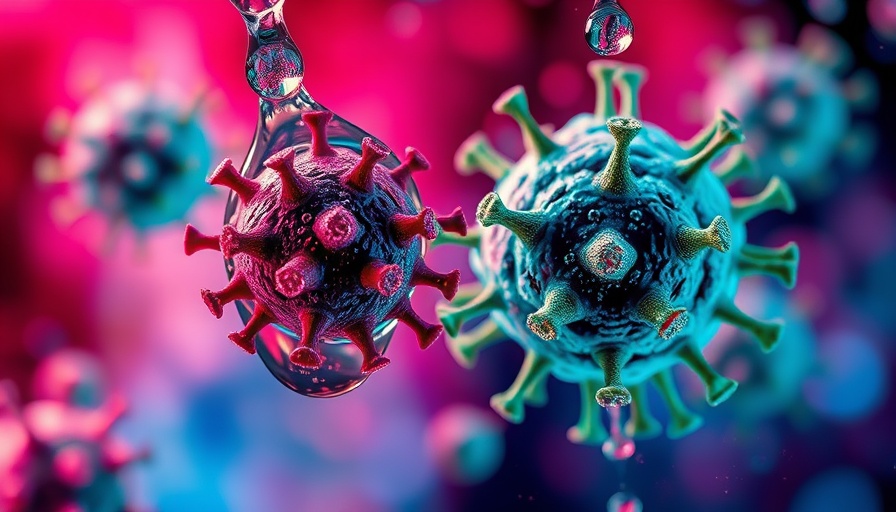
The Breakthrough Behind the Bat Organoid Platform
Recent advancements in virology research have paved the way for a transformative tool: the world's largest bat organoid platform. Created by the Institute for Basic Science (IBS) in Korea, this innovative model enables scientists to cultivate 'mini-organs' from multiple bat species, allowing for unprecedented insight into zoonotic diseases. These organoids are derived from five common bat species found in Asia and Europe and incorporate four essential organs: the airway, lungs, kidneys, and small intestine.
Why Bats Hold the Key to Understanding Pandemics
Bats, a natural reservoir for many infectious diseases, are linked with outbreaks like COVID-19 and MERS. Understanding how viruses such as SARS-CoV-2 infect bats is crucial for preventing future pandemics. Previous methods often relied on generalized cell samples or a single bat species, limiting scientific understanding. The new organoid platform, however, allows researchers to observe how various viruses interact with different bat organs and species, providing a more comprehensive understanding of their behavior.
Implications for Future Health Research
This advancement holds promise not only for virus research but also for drug testing. By replicating bats' complex biology in the lab, scientists can investigate how certain infections thrive, potentially leading to targeted treatments. As Senior Researcher Kim Hyunjoon noted, this platform enables unique studies of viral infections, offering insights into why some viruses jump to humans while others do not.
Uncovering New Viral Threats
Moreover, the platform has already led to the discovery of new bat viruses that conventional cultures didn’t detect. The isolation of a mammalian orthoreovirus and a paramyxovirus illustrates the platform's utility in identifying emerging viral threats.
The Future of Pandemic Preparedness
As we face a world where zoonotic diseases can spread rapidly, tools like the bat organoid platform are vital. They enhance our ability to respond to potential health crises with agility and precision, ultimately paving the way for safer human-animal interactions in the future.
 Add Row
Add Row  Add
Add 




 Add Row
Add Row  Add
Add 


Write A Comment